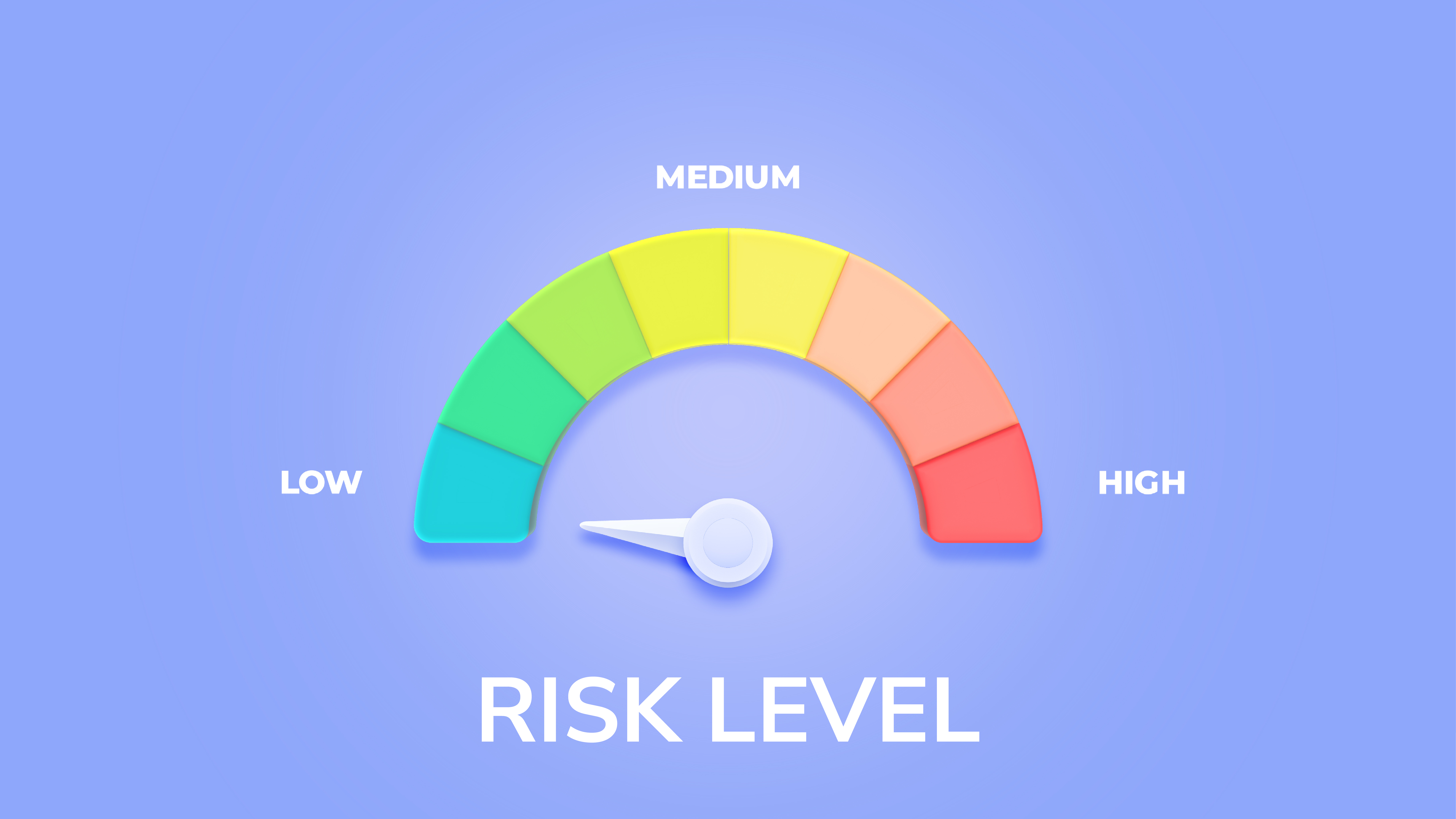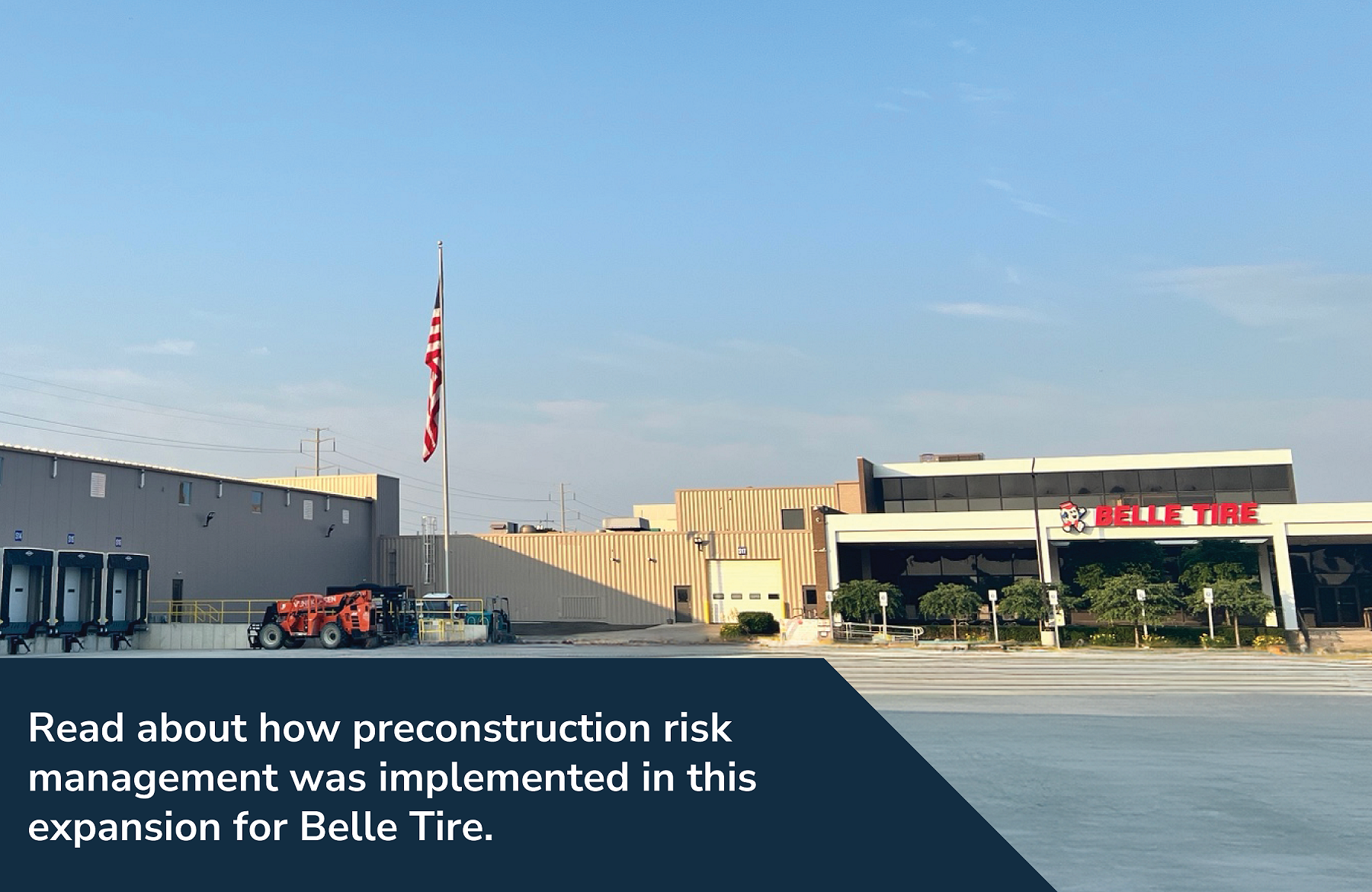Preconstruction is a critical phase in any building project. The further a project progresses the harder it becomes to make changes without incurring large costs. Construction projects are also inherently complicated. From unpredictable weather to unforeseen design challenges, a multitude of factors can threaten a project's budget, timeline, and even worker safety. This is where effective preconstruction risk management begins.
Risk management is a proactive way of identifying, analyzing, and mitigating potential problems before they derail your project. A systematic approach to risk management should be undertaken in the preconstruction phase of every project and choosing a general contractor or construction manager who understands this is vital to keeping the project on track and on budget.
 Imagine this: you're halfway through building your new commercial, industrial, or multi-family space when you discover a hidden underground utility line. The delay and cost of rerouting the line could send your budget spiraling. By proactively identifying potential risks like this during the preconstruction stage, you can develop contingency plans to minimize or avoid these disruptions.
Effective risk management offers a multitude of benefits:
Imagine this: you're halfway through building your new commercial, industrial, or multi-family space when you discover a hidden underground utility line. The delay and cost of rerouting the line could send your budget spiraling. By proactively identifying potential risks like this during the preconstruction stage, you can develop contingency plans to minimize or avoid these disruptions.
Effective risk management offers a multitude of benefits:

The Importance of Preconstruction Risk Management Planning
 Imagine this: you're halfway through building your new commercial, industrial, or multi-family space when you discover a hidden underground utility line. The delay and cost of rerouting the line could send your budget spiraling. By proactively identifying potential risks like this during the preconstruction stage, you can develop contingency plans to minimize or avoid these disruptions.
Effective risk management offers a multitude of benefits:
Imagine this: you're halfway through building your new commercial, industrial, or multi-family space when you discover a hidden underground utility line. The delay and cost of rerouting the line could send your budget spiraling. By proactively identifying potential risks like this during the preconstruction stage, you can develop contingency plans to minimize or avoid these disruptions.
Effective risk management offers a multitude of benefits:
- Reduced Costs: Identifying and addressing risks early on can prevent costly delays and rework as well as eliminate unwanted change orders.
- Adherence to Schedule: Proactive planning helps you stay on track and avoid missing key project deadlines.
- Enhanced Safety: Risk management ensures potential safety hazards are identified and addressed before accidents occur.
- Increased Client/Contractor Confidence: A well-managed project with a focus on risk mitigation fosters trust and transparency between clients and contractors.
The Risk Management Process: A 5-Step Guide
- Identify Risks: Brainstorm all the potential threats to your project that you can think of, considering internal factors such design errors, material shortages, and labor schedules as well as external factors like weather delays, economic downturns, or issues with the local municipality. Don’t forget to involve key stakeholders such as architects, engineers, subcontractors, financing institutions, and city officials to gather different perspectives and insights on potential risks.
- Assess Impact: Next, you should evaluate the likelihood of each risk occurring and the potential severity of its consequences. Based on this assessment, prioritize how each one will be addressed and in what order.
- Develop a Response Plan: For each prioritized risk you will need to determine a mitigation strategy. This could involve avoidance (eliminating the risk), reduction (minimizing the impact), transfer (sharing the risk with insurance), or acceptance (having a contingency plan to deal with the consequences).
- Implement and Monitor: Put your risk management plan into action and make sure it is being followed. Your contractor should be regularly monitoring progress, identifying new risks, and adapting the plan as needed. Implementation and monitoring involve conducting regular inspections, tracking key performance indicators, and analyzing project data to identify any gaps or areas for improvement in the plan. Your construction partner should also actively seek feedback from subcontractors to gain insights into the on-the-ground effectiveness of the implemented plan.
- Learn and Improve: After your project is completed, you will want to take the opportunity to analyze how your risk management plan performed. Identify areas for improvement and incorporate these learnings into future projects.
Choosing the Right Partner for Preconstruction Risk Management

- Communication and Transparency: A trustworthy partner maintains open lines of communication, ensuring that all stakeholders are informed and involved in the risk management process.
- Collaborative Spirit: Choose a partner who integrates collaboration into their process and is willing to work closely with your team, architects, engineers, and subcontractors.
- Proactive Approach: The right partner will actively participate in risk identification, assessment, and mitigation from the start, rather than reacting to problems as they arise.
- Resource Allocation: Effective risk management requires adequate resources. A capable contractor will have the necessary tools, technology, and personnel to handle risks efficiently.
- Expertise and Experience: A seasoned contractor knows what can go wrong and how to prevent it. They can foresee potential issues that may not be immediately apparent to less experienced teams.
- Proven Track Record: Look for partners with a history of successfully managing similar projects. Request case studies or references to verify their claims.
- Strong Safety Record: A focus on safety indicates a contractor’s commitment to risk management. Review their safety statistics and protocols.

